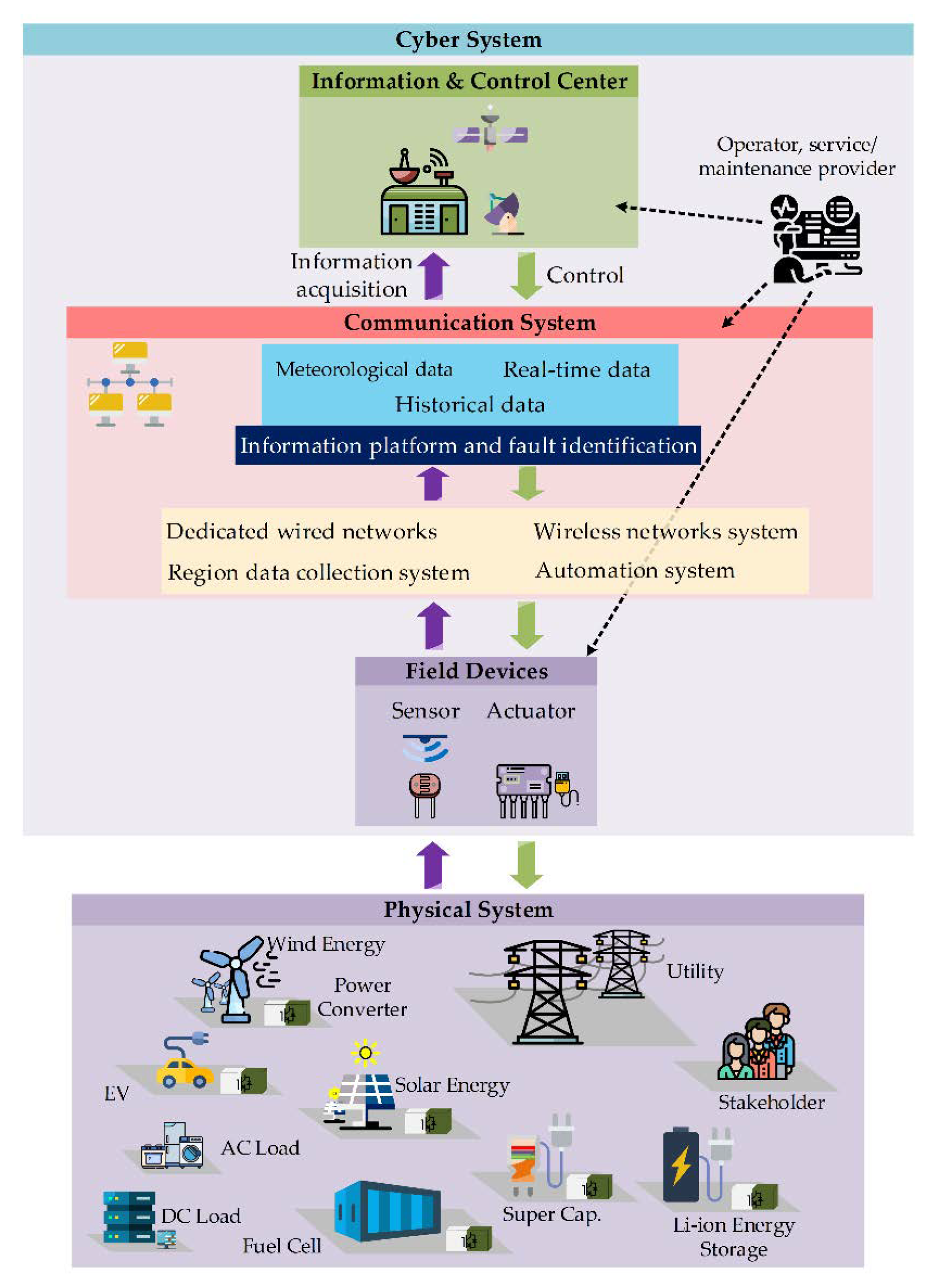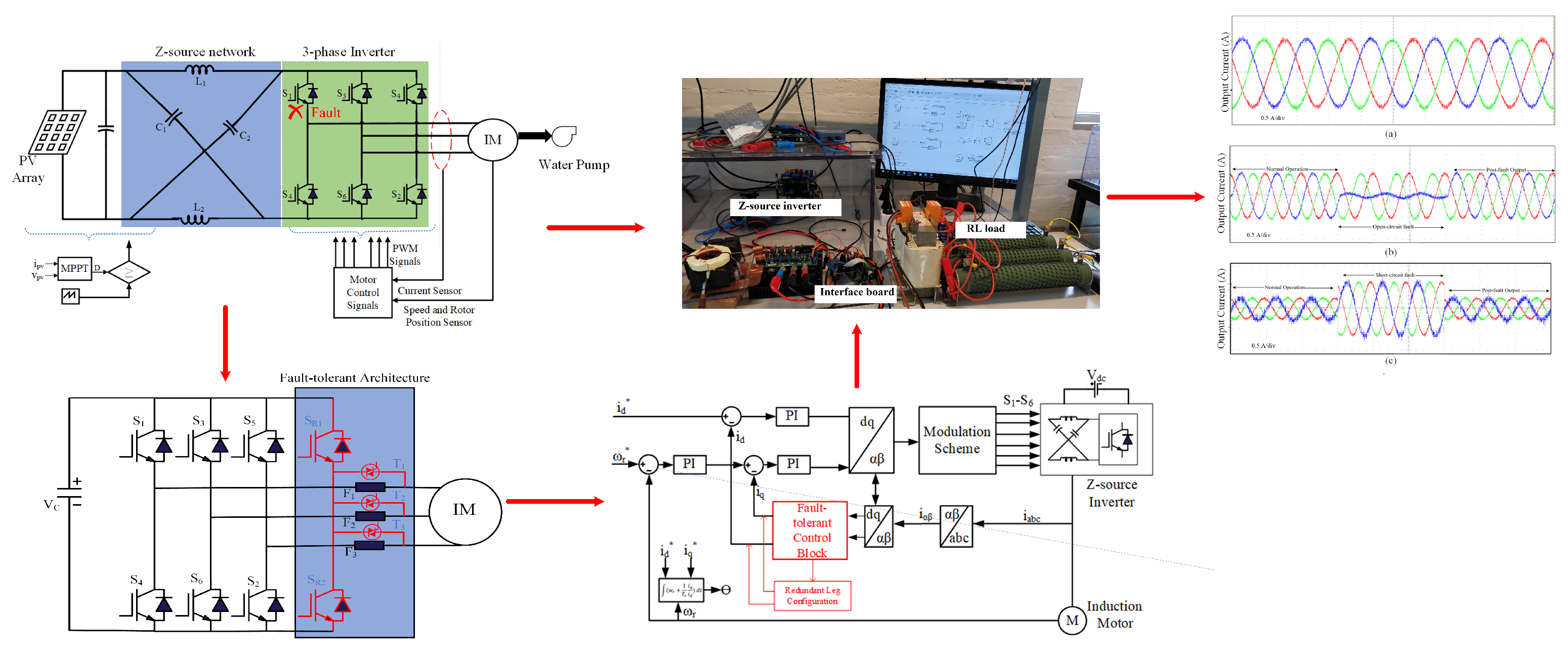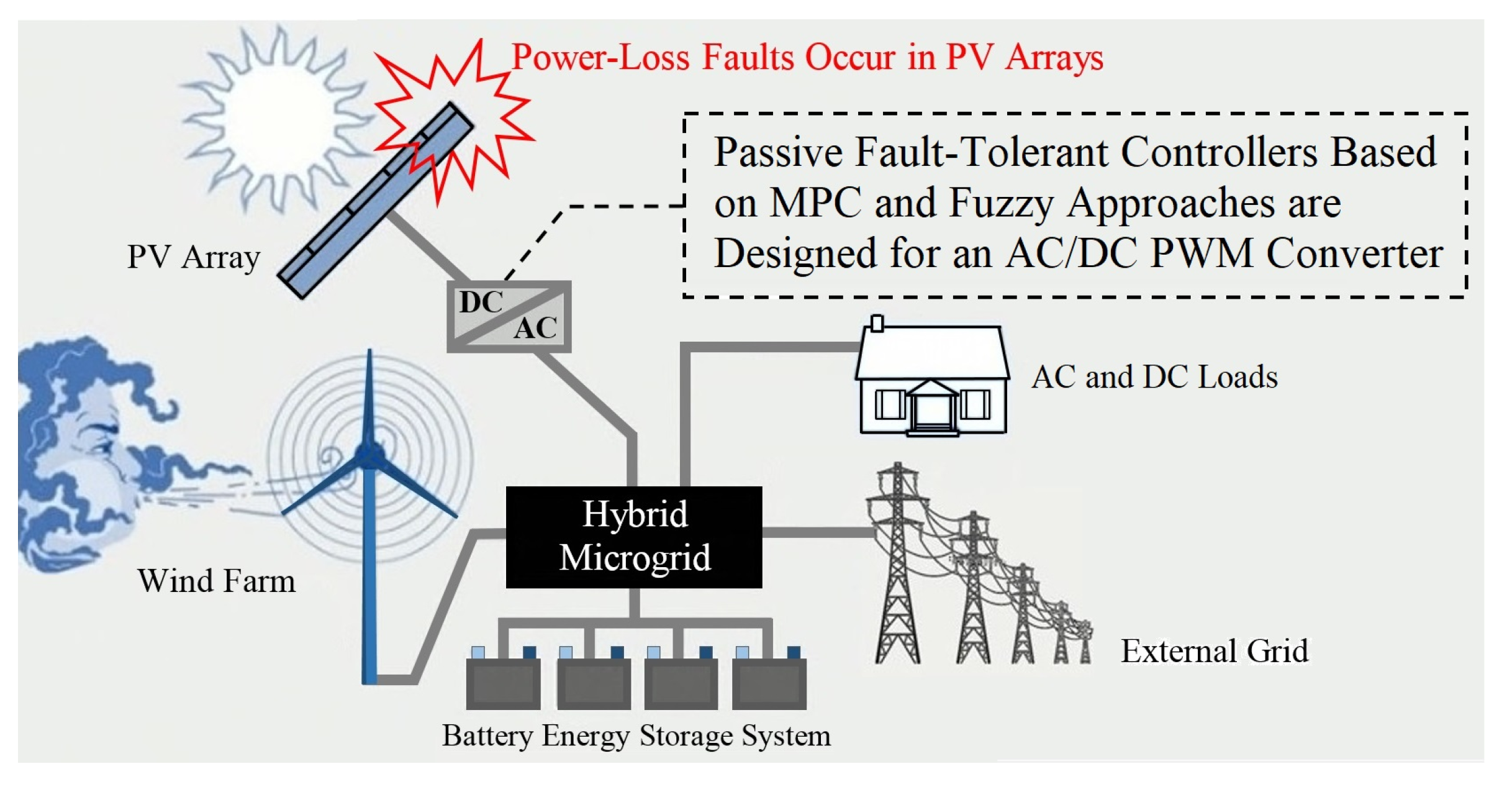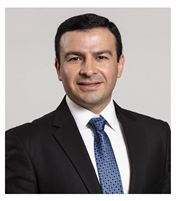Fault-Tolerant Control for Microgrids—Recent Developments and Future Directions
1. Introduction
2. Special Issue Articles
3. Future Directions
4. Conclusions
Funding
Conflicts of Interest
References
- Hosseinzadeh, M.; Salmasi, F.R. Islanding Fault Detection in Microgrids—A Survey. Energies 2020, 13, 3479. [Google Scholar] [CrossRef]
- Nejabatkhah, F.; Wei, Y.; Liang, H.; Ahrabi, R.R. Cyber-Security of Smart Microgrids: A Survey. Energies 2021, 14, 27. [Google Scholar] [CrossRef]
- Sharma, V.; Hossain, M.J.; Ali, S.M.N.; Kashif, M. A Photovoltaic-Fed Z-Source Inverter Motor Drive with Fault-Tolerant Capability for Rural Irrigation. Energies 2020, 13, 4630. [Google Scholar] [CrossRef]
- Jadidi, S.; Badihi, H.; Zhang, Y. Passive Fault-Tolerant Control Strategies for Power Converter in a Hybrid Microgrid. Energies 2020, 13, 5625. [Google Scholar] [CrossRef]
- Narzary, D.; Veluvolu, K.C. Higher Order Sliding Mode Observer-Based Sensor Fault Detection in DC Microgrid’s Buck Converter. Energies 2021, 14, 1586. [Google Scholar] [CrossRef]





| Work | Summary |
|---|---|
| [1] * | Provides an overview of islanding fault detection in microgrids. |
| [2] * | Discusses cyber-security in smart microgrids. |
| [3] | Designs and implements a novel inverter configuration called impedance (Z)-source inverter to obtain high voltage output with single-stage power conversion. Moreover, it develops a fault-tolerant strategy to improve the reliability and efficiency of the designed configuration. |
| [4] | Designs and implements two novel fault-tolerant schemes based on fuzzy logic and model predictive controls to control AC/DC pulse-width modulation power electronic converters in the presence of microgrid faults. |
| [5] | Designs and implements two novel fault detection schemes based on sliding mode techniques to detect current and voltage sensor faults in DC microgrids. |
Short Biography of Authors
 | Mehdi Hosseinzadeh received his Ph.D. degree from the University of Tehran, Iran, in 2016. From 2017 to 2019, he was a postdoctoral researcher at the Université Libre de Bruxelles, Brussels, Belgium. From October 2018 to December 2018, he was a visiting researcher at the University of British Columbia, Vancouver, Canada. From 2019 to 2022, he was a postdoctoral research associate at the Washington University in St. Louis, MO, USA. Currently, he is an assistant professor in the School of Mechanical and Materials Engineering at theWashington State University, WA, USA. His research focuses on safety, resilience, and long-term autonomy of autonomous systems, with applications to autonomous robots, autonomous vehicles, energy systems, video streaming, and drug delivery systems. |
Publisher’s Note: MDPI stays neutral with regard to jurisdictional claims in published maps and institutional affiliations. |
© 2022 by the author. Licensee MDPI, Basel, Switzerland. This article is an open access article distributed under the terms and conditions of the Creative Commons Attribution (CC BY) license (https://creativecommons.org/licenses/by/4.0/).
Share and Cite
Hosseinzadeh, M. Fault-Tolerant Control for Microgrids—Recent Developments and Future Directions. Energies 2022, 15, 8522. https://doi.org/10.3390/en15228522
Hosseinzadeh M. Fault-Tolerant Control for Microgrids—Recent Developments and Future Directions. Energies. 2022; 15(22):8522. https://doi.org/10.3390/en15228522
Chicago/Turabian StyleHosseinzadeh, Mehdi. 2022. "Fault-Tolerant Control for Microgrids—Recent Developments and Future Directions" Energies 15, no. 22: 8522. https://doi.org/10.3390/en15228522
APA StyleHosseinzadeh, M. (2022). Fault-Tolerant Control for Microgrids—Recent Developments and Future Directions. Energies, 15(22), 8522. https://doi.org/10.3390/en15228522





